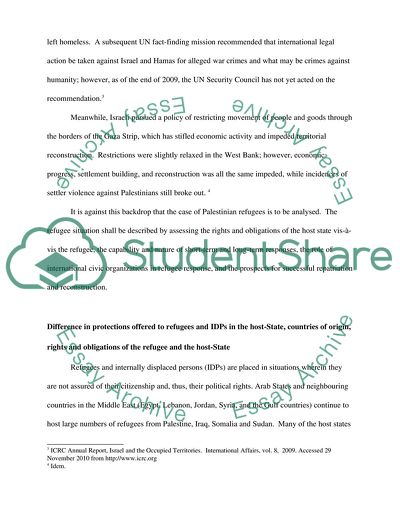Cite this document
(“Assisting Palestine Refugees Essay Example | Topics and Well Written Essays - 2750 words”, n.d.)
Retrieved from https://studentshare.org/military/1573603-case-study-on-palestine
Retrieved from https://studentshare.org/military/1573603-case-study-on-palestine
(Assisting Palestine Refugees Essay Example | Topics and Well Written Essays - 2750 Words)
https://studentshare.org/military/1573603-case-study-on-palestine.
https://studentshare.org/military/1573603-case-study-on-palestine.
“Assisting Palestine Refugees Essay Example | Topics and Well Written Essays - 2750 Words”, n.d. https://studentshare.org/military/1573603-case-study-on-palestine.


